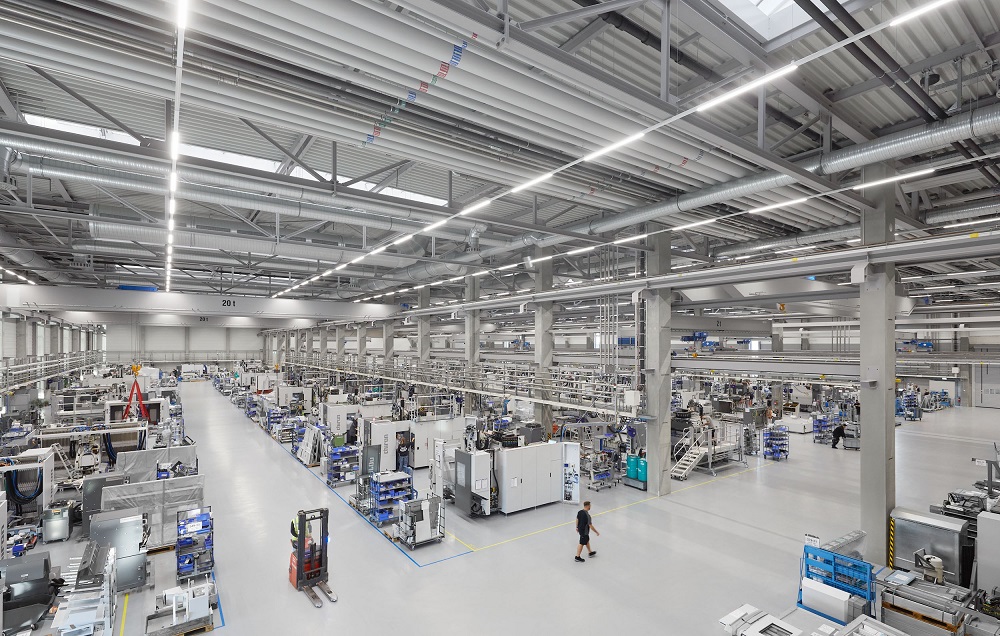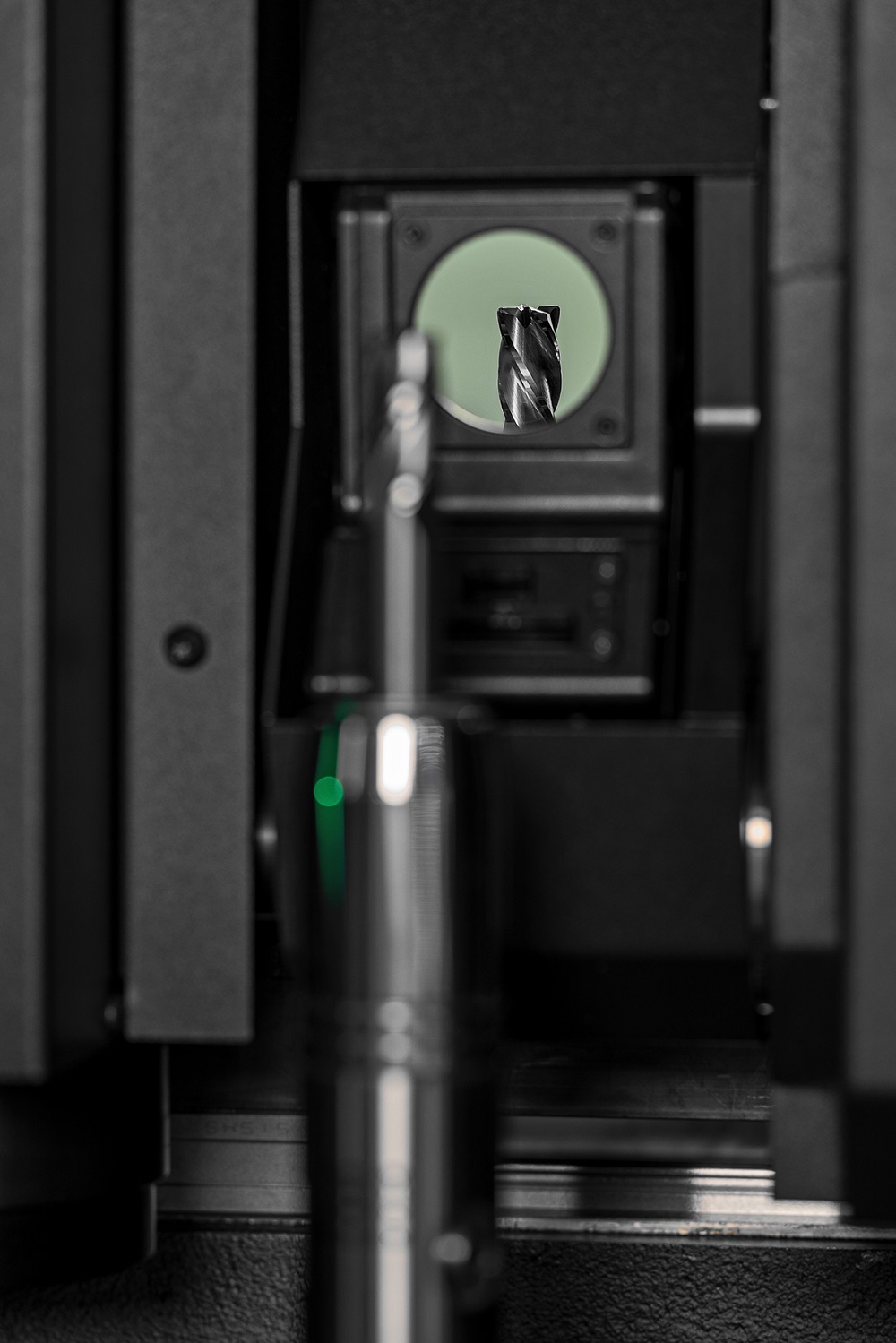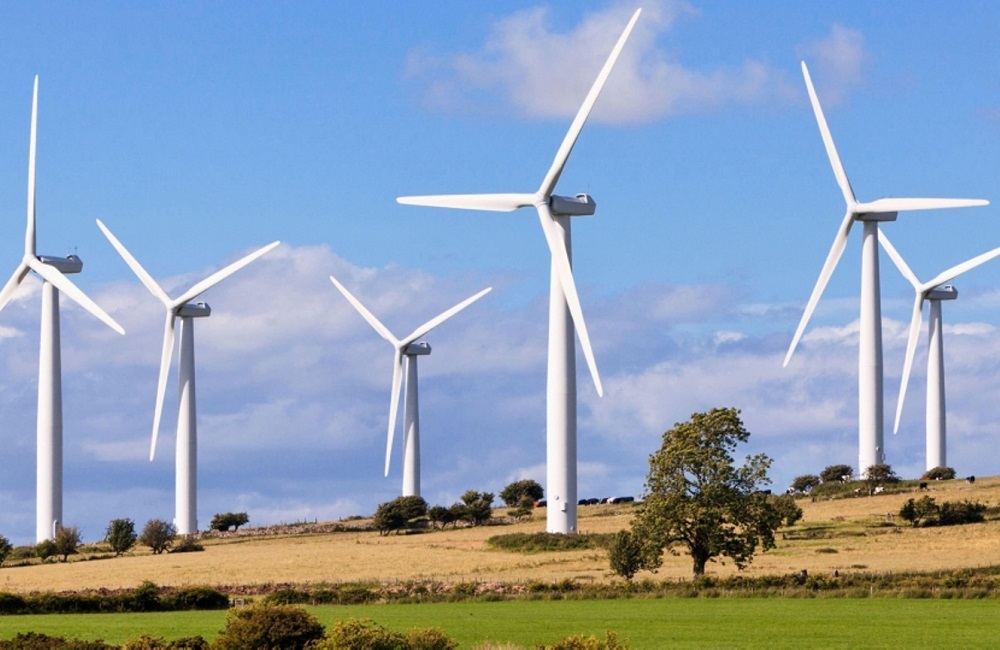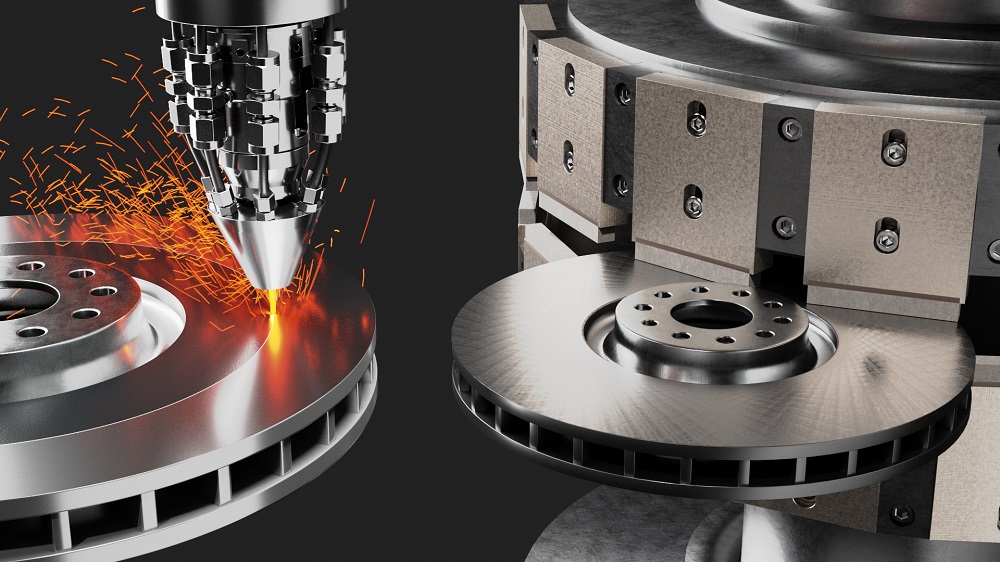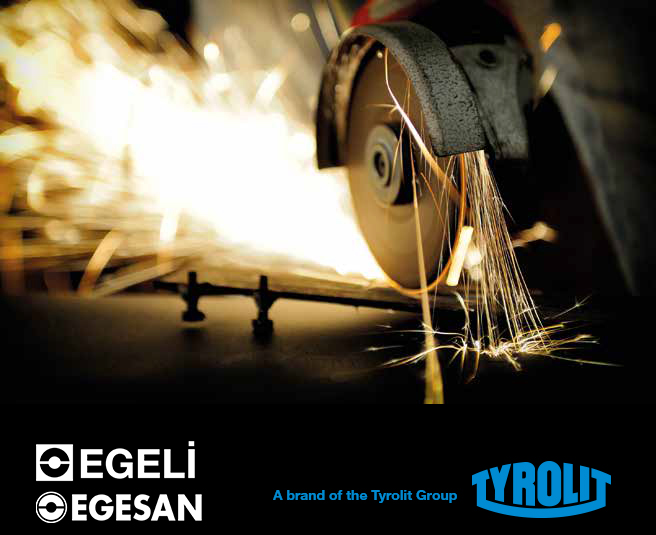This year marks another exciting year for Tyrolit as it announces the acquisition of Turkey-based Egeli Egesan Abrasives. In a highly competitive market, Tyrolit identified a gap for an additional range of products outside of its current brands, targeted at cost-conscious professionals. This identification has led to the new Tyrolit Egesan brand.
Founded 50 years ago, Egeli Egesan is a leader in the fields of cut-off and deburring wheels, coated abrasives, and abrasive tools for various applications. With an initial range of cut-off wheels, grinding wheels, and flap and fibre discs launching into the UK market last month, customers are already welcoming the Tyrolit Egesan brand. An extended range of bonded and coated products are due to make their debut later in the year.
Pete Dufty, sales director for Tyrolit UK, says: “This acquisition allows us to extend our product portfolio, providing the company with additional access to the production of coated abrasives, as well as added comprehensive know-how. As a result, we can open up more opportunities for Tyrolit to provide an attractive price-performance ratio for cost-conscious customers and a complete range of products from a single source.”
The extended range of Tyrolit Egesan to look out for over the coming months includes: bonded abrasives (cutting and grinding discs for foundry, stainless steel, metal and stone); vitrified grinding wheels (bench grinding wheels, cylindrical and surface grinding wheels, saw sharpening wheels, scythe stones, and cup wheels); coated abrasives (flap discs, fibre discs, DA sander discs, abrasive belts and rolls – including wide belts, waterproof abrasive sandpapers and abrasive flap wheels); and non-woven (flap wheels, mop discs and abrasive sponge wheels).
For further information www.tyrolit.co.uk






